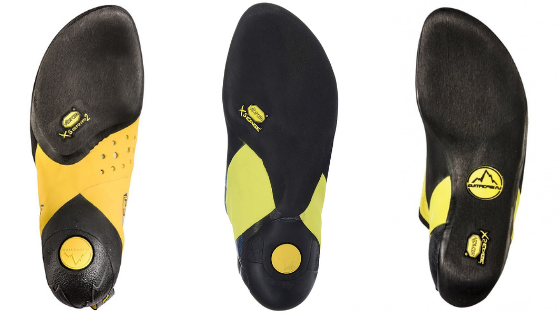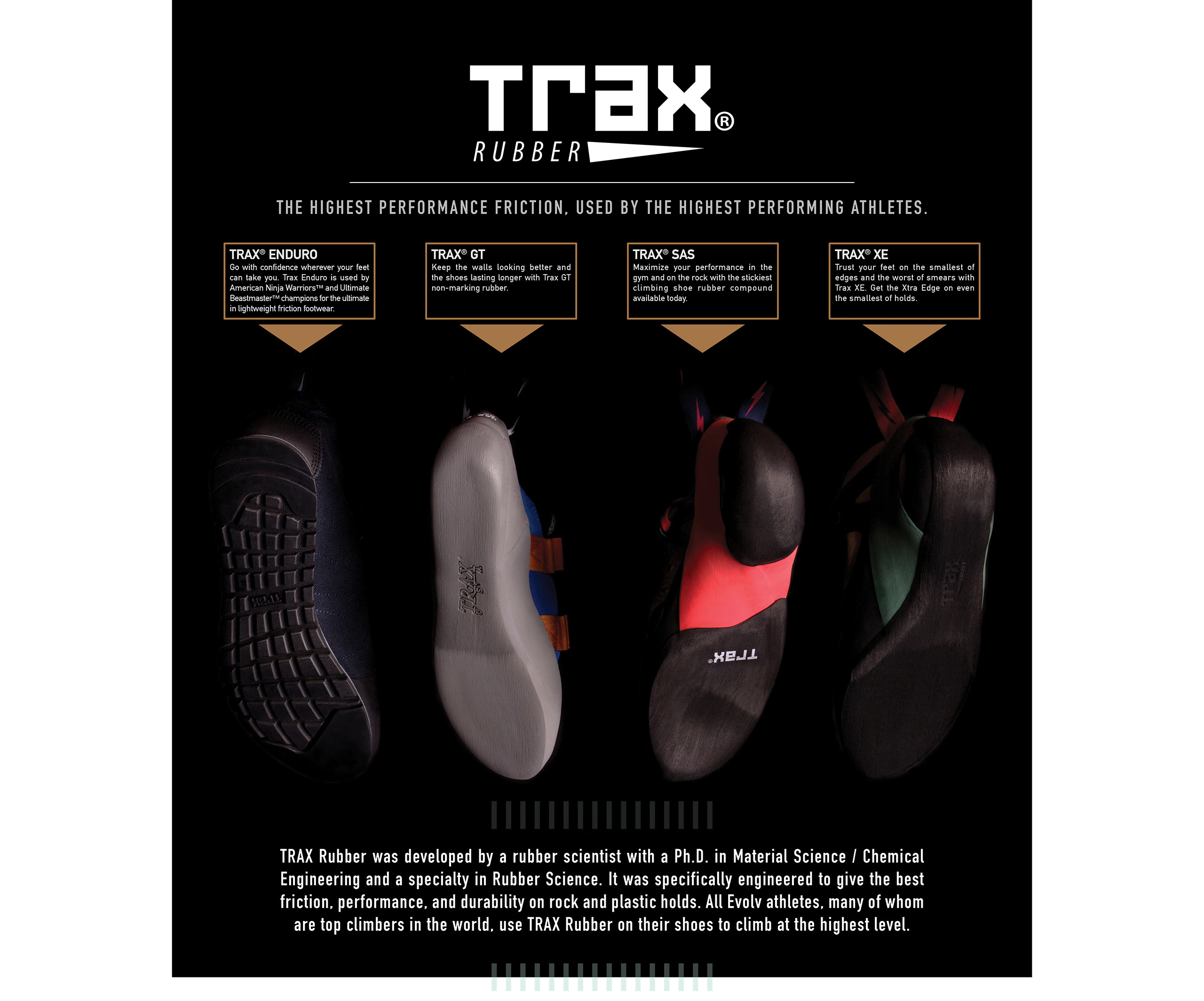Understanding Climbing Shoe Rubber: A Comprehensive Guide
Climbing shoes are a critical component of a climber’s gear, and the type of rubber used in their construction significantly impacts performance. The choice of climbing shoe rubber can influence grip, durability, and comfort, making it essential for climbers to understand the differences between various rubber types. This guide delves into the characteristics and performance of different climbing shoe rubbers, providing insights to help climbers make informed decisions.

Types of Climbing Shoe Rubber
There are several types of rubber used in climbing shoes, each with unique properties. The most common types include:
- Vibram XS Edge: Known for its durability and aggressive grip, this rubber is favored by climbers tackling overhanging routes and challenging rock faces. According to a study by the University of Sheffield, the chemical composition of Vibram XS Edge enhances friction on rough surfaces, providing superior traction.
- Stealth C4: This rubber is renowned for its stickiness and is often used in shoes designed for bouldering. The molecular structure of Stealth C4, as explained by climber Alex Honnold in an interview with Rock and Ice magazine, allows for exceptional grip on small holds and edges.
- Mixtress: A blend of different rubber compounds, Mixtress offers a balance between durability and flexibility. The hybrid nature of this rubber, as discussed in a review by Climbing Magazine, makes it suitable for a wide range of climbing styles.

Performance Factors
The performance of climbing shoe rubber is influenced by several factors:
- Grip: The ability of the rubber to adhere to climbing surfaces is crucial. Grip is affected by the rubber’s composition and the climber’s body weight and technique. According to a study published in the Journal of Sports Sciences, the interaction between rubber and rock surface is complex, involving both mechanical and chemical bonding.
- Durability: Climbing shoes endure significant wear and tear. The durability of the rubber ensures that the shoes remain effective over time. Vibram, a leading manufacturer of climbing shoe rubber, states that their XS Edge rubber can withstand up to 50% more abrasion than other types.
- Flexibility: The flexibility of the rubber affects the shoe’s comfort and performance. More flexible rubber allows for better adaptation to varied climbing surfaces, as highlighted by a review on ClimbingNarc.com.

Choosing the Right Rubber
Selecting the appropriate climbing shoe rubber depends on the climber’s style and the type of climbing they engage in. For instance, climbers who focus on bouldering might prefer the stickiness of Stealth C4, while those who climb outdoors on varied terrain might opt for the versatility of Mixtress. It is also important to consider the climber’s foot shape and sensitivity, as these factors can influence the comfort and effectiveness of the shoe.
In conclusion, understanding the characteristics of different climbing shoe rubbers is essential for optimizing performance and ensuring a safe and enjoyable climbing experience. By considering factors such as grip, durability, and flexibility, climbers can make informed choices that align with their specific needs and preferences.

